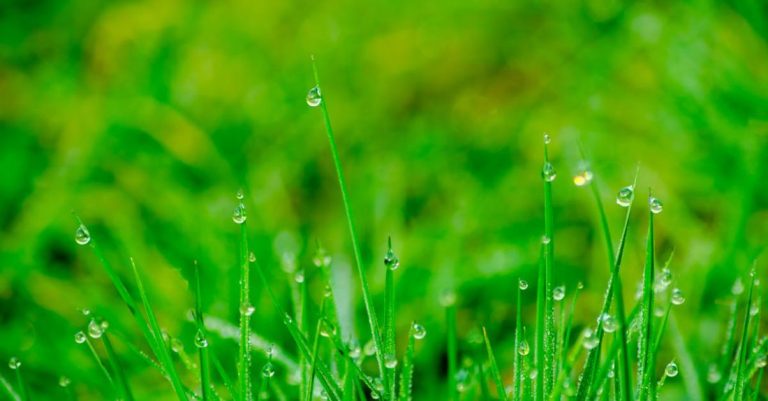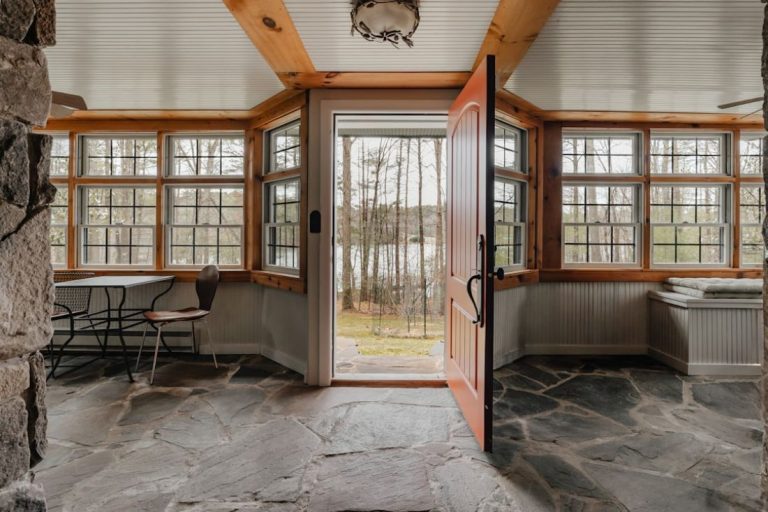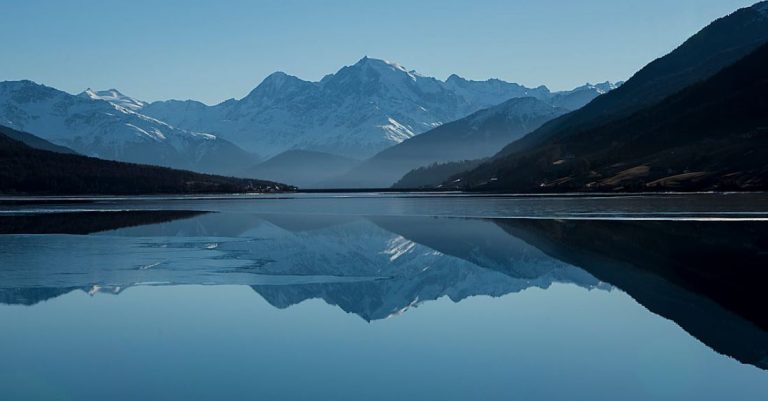
Rock gardens are a stunning addition to any landscape, offering a unique way to showcase a variety of plants in a natural and creative setting. When it comes to selecting the best plants for rock gardens, there are several factors to consider, such as the climate, soil conditions, and the overall aesthetic you want to achieve. In this article, we will explore some of the top plants that thrive in rock gardens, adding beauty and texture to these distinctive landscaping features.
Choosing the right plants for your rock garden is essential to ensure they thrive in the challenging conditions typically found in these settings. Rock gardens often have poor soil quality, limited water retention, and varying levels of sunlight exposure, making it crucial to select plants that are well-suited to these conditions. Additionally, the plants you choose should complement the rocks and other elements in your garden to create a harmonious and visually appealing display.
**Sedums: Versatile and Drought-Tolerant**
Sedums are a popular choice for rock gardens due to their versatility and ability to thrive in dry conditions. These succulent plants come in a wide range of shapes, sizes, and colors, making them an excellent option for adding texture and visual interest to your rock garden. Sedums are drought-tolerant and require minimal maintenance, making them ideal for busy gardeners or those looking for low-maintenance plant options.
**Creeping Thyme: Fragrant and Colorful**
Creeping thyme is another great plant for rock gardens, thanks to its low-growing habit and attractive foliage. This perennial herb produces small, aromatic leaves and delicate flowers that add a splash of color to your garden. Creeping thyme is also drought-tolerant and can withstand foot traffic, making it a practical and beautiful choice for covering rocky ground or edging pathways in your rock garden.
**Yucca: Architectural and Hardy**
Yucca plants are known for their striking appearance and architectural form, making them a standout choice for rock gardens. These hardy plants require little water and can thrive in sandy or rocky soils, making them well-suited to the conditions typically found in rock gardens. Yuccas produce tall spikes of white flowers that add a dramatic focal point to your garden and attract pollinators, such as bees and butterflies.
**Lavender: Fragrant and Drought-Resistant**
Lavender is a beloved plant known for its fragrant flowers and aromatic foliage, making it a popular choice for rock gardens. This versatile herb thrives in sunny locations with well-drained soil, making it an excellent option for adding color and scent to your garden. Lavender is drought-resistant once established, making it a low-maintenance plant that can thrive in the challenging conditions of a rock garden.
**Sempervivum: Hardy and Unique**
Sempervivum, also known as hens and chicks, are a group of succulent plants prized for their rosette-shaped foliage and hardy nature. These plants come in a variety of colors and textures, making them a versatile choice for rock gardens. Sempervivum are drought-tolerant and require minimal care, making them an excellent option for adding interest and texture to rocky areas in your garden.
**Alpines: Diverse and Colorful**
Alpine plants are a diverse group of plants that are well-suited to the harsh conditions of rock gardens. These plants come in a range of shapes, sizes, and colors, making them a versatile choice for creating dynamic and visually appealing displays. Alpine plants are typically low-growing and can thrive in rocky soils with good drainage, making them a practical and beautiful addition to your rock garden.
**In Summary**
When selecting plants for your rock garden, it’s essential to choose varieties that are well-suited to the challenging conditions of these unique landscapes. Consider factors such as drought tolerance, soil preferences, and overall aesthetics when choosing plants for your rock garden. By selecting plants that thrive in rocky environments and complement the natural elements of your garden, you can create a stunning and sustainable landscape that will be enjoyed for years to come.





